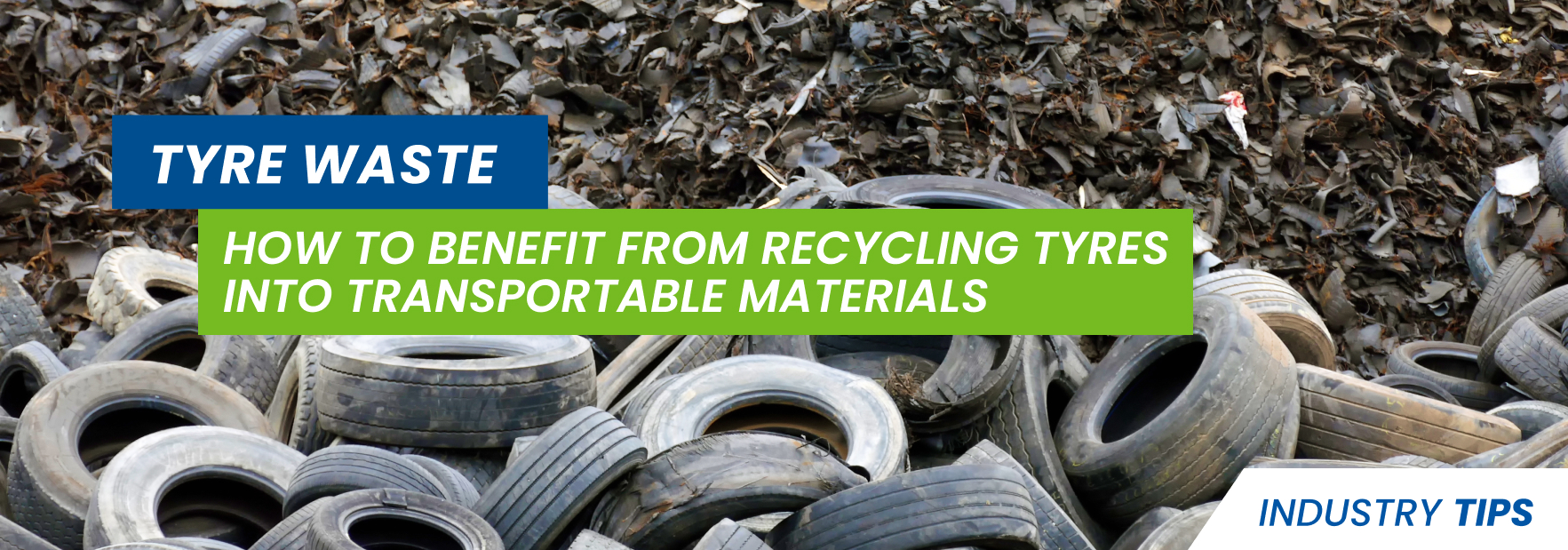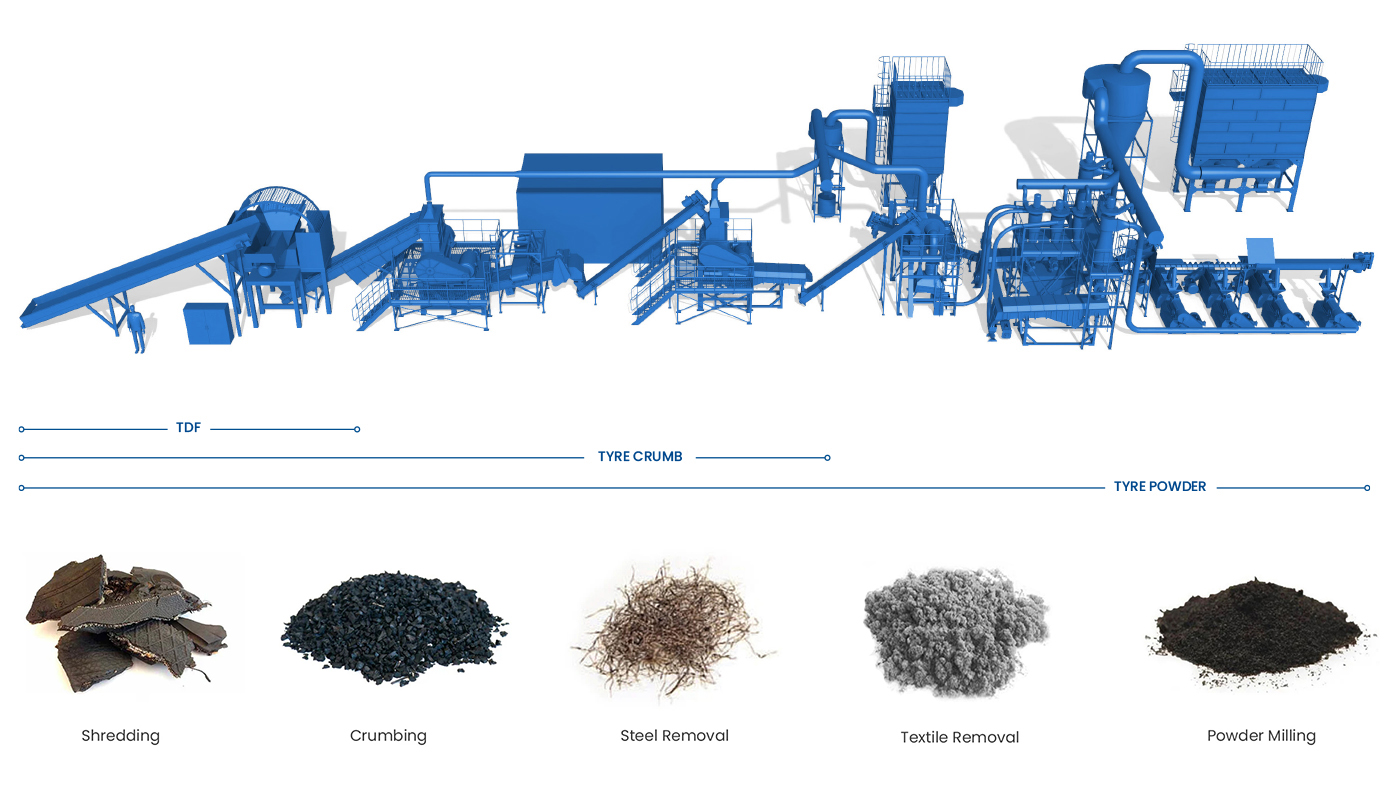How to Benefit from Recycling Tyres into Transportable Materials
Tyre waste in Australia grows on average by 459,000 tonnes a year. 70% of that waste is recovered and used across the world. The remaining 30% is either piled into landfill or dumped(1). This pollution greatly damages the environment, due to the tyres’ inability to decompose. In their dumping grounds, exposure to the sun releases chemicals from the tyre into the air, water and as well the ground. This kills beneficial bacteria in the soil, which is catastrophic to plant and animal life.
Some turn to burning tyres as a method of disposal, which is incredibly irresponsible, given that toxic black smoke pours into the atmosphere in this process. Tyres on fire also cannot be extinguished by water, and those who try doing this only spread the tyre’s chemicals, which often wash into waterways(2).
To avoid coastal reserves from becoming tyre junkyards(3), or if you think financially, avoiding ten-of-thousands of dollars in fines for being caught illegally dumping(4), then tyre recycling will be appreciated by both the environment and your wallet.
Tyre Recycling Machines and Partnership with TSA
Waste Initiatives has been providing tyre recyclers to large and small businesses for over forty years. Our machinery completes the tyre recycling process from shredding tyres into chips, through to grounding remaining material into a sellable powder. In fact, throughout the tyre recycling process, different types of the broken-down primarily rubber material can be sold for a profit.
Our expert team advises customers both on which tyre recyclers are suitable for the size of their business, as well at which point in the tyre recycling process would return them the best profits, based on their waste output. Waste Initiatives has also partnered with Tyre Stewardship Australia, to support their founding purpose, which is to source sustainable outcomes for end-of-life tyres and eventually influence a circular tyre recycling economy in which tyres are completely removed from the waste stream(5).
Continue reading on to learn more about the different phases within the tyre recycling process as illustrated below, and how these machines convert tyre waste into different outputs of rubber material – which may be valuable for your business to sell as a product.


